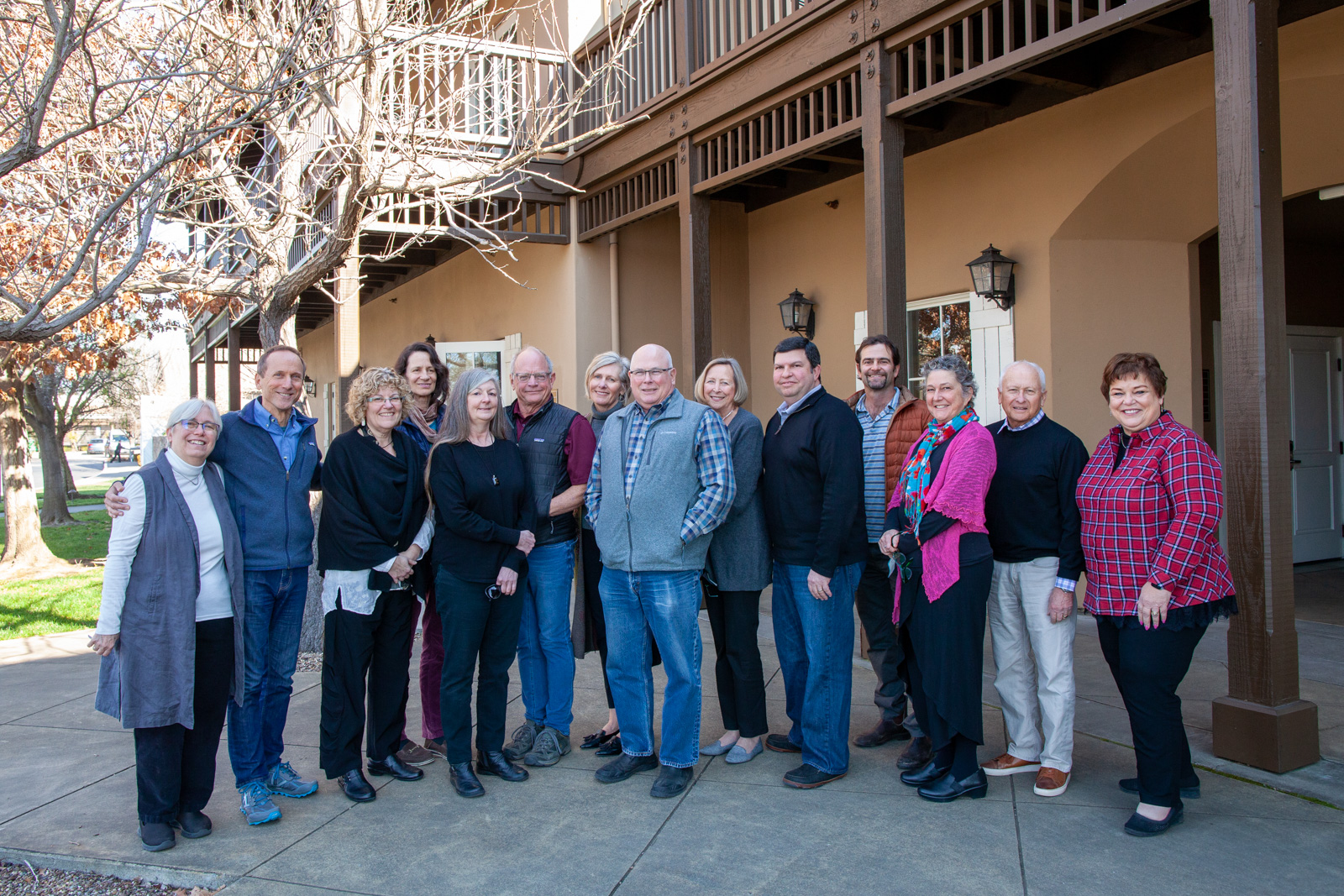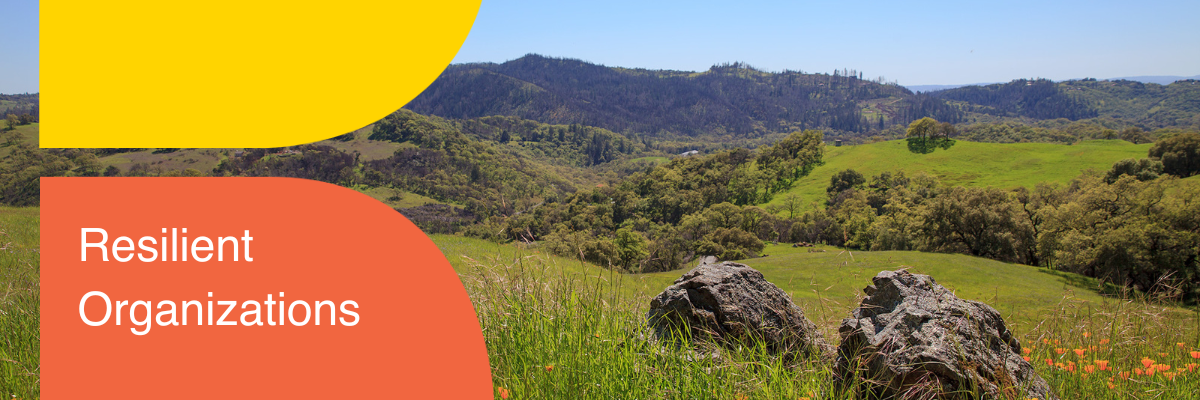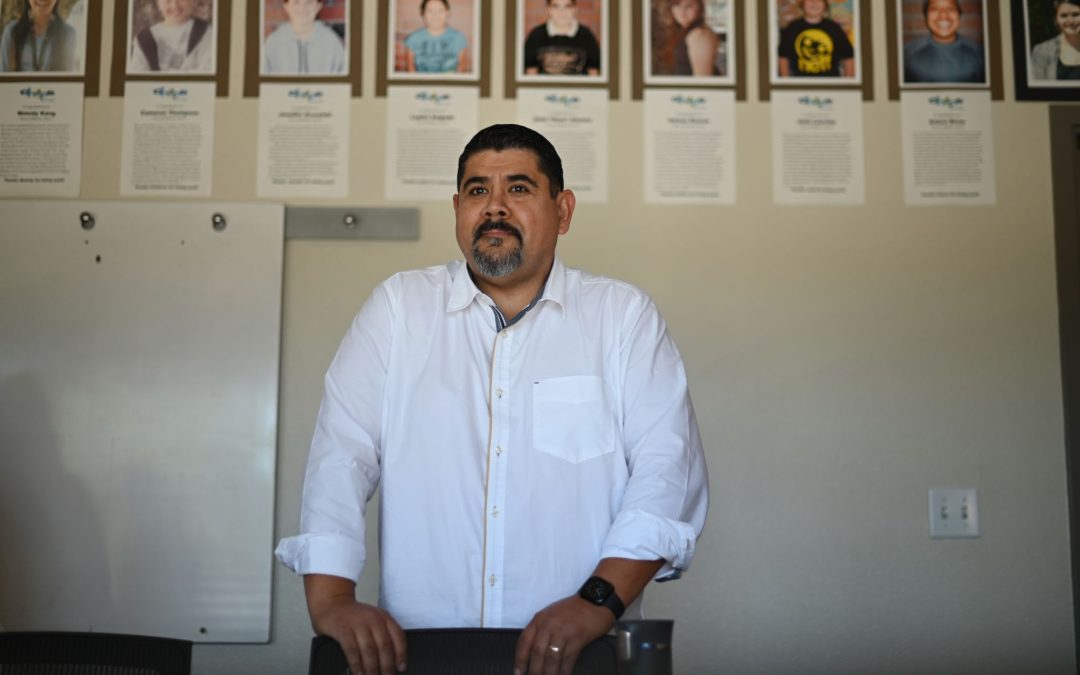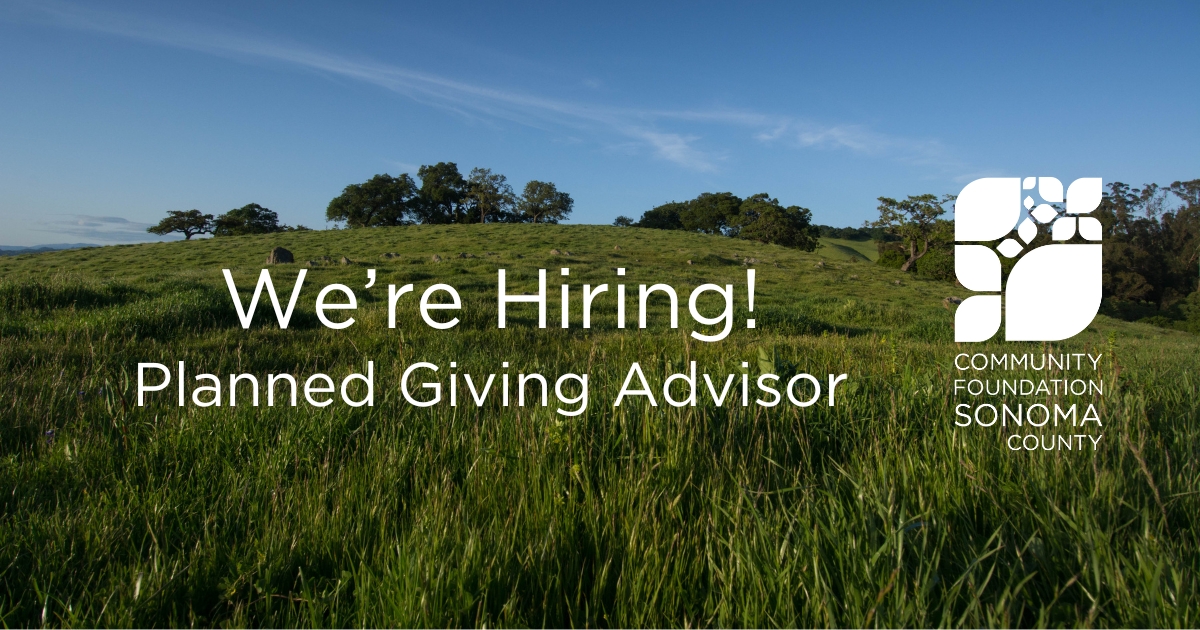When our cohort of six Sonoma Valley nonprofit organizations met for the first time in February, their primary focus was to identify the ways they could strengthen and support their own and each other’s missions. Soon after that first capacity building meeting, shelter in place orders shifted the focus of the collaboration toward supporting their tight knit community through the pandemic.
The cohort is the second of two that were created since 2015, when Community Foundation Sonoma County’s Sonoma Valley Fund launched a capacity building grants program called Organizational Capacity Learning Cohort One. That first cohort is now in its fourth year of collaborations. This second cohort focuses around the theme of Strengthening Capacity, Connections and Community.
The members of this new cohort are: FISH (Friends in Sonoma Helping), Sonoma Springs Community Hall, Vintage House Senior Center, Sonoma Community Center, Sonoma Ecology Center, and Sonoma Valley Youth & Family Services.
Despite what may initially appear to be an unlikely grouping of organizations, the leaders have found invaluable ways to collaborate to bridge gaps in services, support one another through regional challenges, and get creative when it comes to meeting the rising needs in Sonoma Valley.
“They’re learning a lot about each other’s methodology, about who’s doing what and what’s going on for each of the various nonprofits,” says Sonoma Valley Fund’s president, Simon Blattner. “They’ve been sharing things that they would never have shared before.”
Priscilla Call Essert is the executive director at Vintage House in Sonoma and agrees that the cohort helps to strengthen the community.
“I noticed they tend to be the people I think of first when I’m trying to solve a problem right now during COVID,” she says.
Essert points to the early days of shelter in place when Vintage House needed masks in order to safely distribute food. She turned to her cohort and the Sonoma Community Center put out a call for people to make masks and got them to Vintage House. The Community Center also helped connect Vintage House with drivers to pick up food donations for distribution. The Sonoma Ecology Center has also supported Vintage House by providing outdoor space for seniors to meet safely while the center is closed.
“Also we’ve been talking with Springs Hall and FISH about our food distribution, really exploring where our gaps are, who has the best facility for this to be happening for families, for seniors,” says Essert. “There’s been a lot of conversations between all of us around what we can do for the community. That’s been very exciting.”
One of the many perks of the cohort, says Essert, is that each organization has a solid understanding of one another’s strengths and weaknesses, and they’ve made a commitment to work together for the greater good of the community.
Seth Dolinsky, the Executive Director of Sonoma Springs Community Hall, says the hall has taken a big hit financially. Not only are regular meetings cancelled or postponed, the hall has lost the rental revenue from community members canceling weekend celebrations there. But the cohort, he says, has been key to helping him navigate the uncertainty.
“We are stronger together, to use each other’s resources instead of going it alone, where we can amplify our efforts in addressing the community,” he says.
Of the members of the cohort, Dolinsky says that his center, Vintage House, and the Sonoma Community Center have been hit the hardest in terms of revenue loss at a time when they had hoped to utilize the extra grant funds to move forward and expand their service.
“When [the cohort] first met, we all shared our missions and we knew that we had some cross pollinations with each other. And we were hoping to build upon what we had,” says Dolinsky. “Then when the pandemic hit a lot of what we had already put together was in question.”
Sandy Piotter, the coordinator at FISH has not only seen an increase in need because of the pandemic, but FISH has experienced additional barriers to serving the Sonoma Valley community. The organization provides things like emergency food and rental assistance and recently lost their Spanish translator, a big hit for the largely Spanish speaking population they serve. She has, however, been able to collaborate with Vintage House to ensure the older residents of Sonoma Valley are supported through food and transportation services.
FISH has also had an exponential increase in locals seeking support. The primary needs organizations are seeing across the board are food and rental assistance, and all are busily adapting.
“I think the other organizations, too, are adjusting to such a different and new reality. The high impact is certainly longer than the high impact of the fire. That went on for weeks and weeks and it was really a year and a half before we came out of it,” says Piotter. “But now we have a total re-imagining and are having to redesign how to meet the restrictions of COVID.”
Essert also points out an unexpected benefit of the cohort: support with navigating the ever-changing dynamic of adapting to COVID-19. Even simply expressing fatigue to the leaders of organizations that are in the same boat has been incredibly helpful.
“It’s caution fatigue, it’s decision fatigue. It’s also trying to figure out what can you realistically do and not overtask your organization. You want to want to help everybody, but sometimes you’re not helping them by trying to do too much,” says Essert. “I think we’ve been leaning on each other in that way as well. It’s been wonderful.”
Story by Dani Burlison











